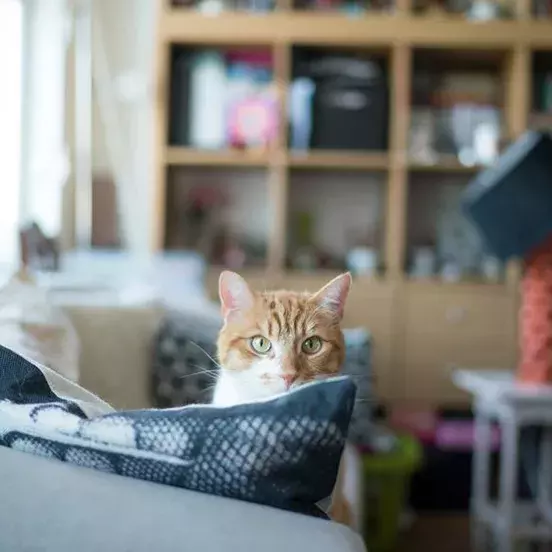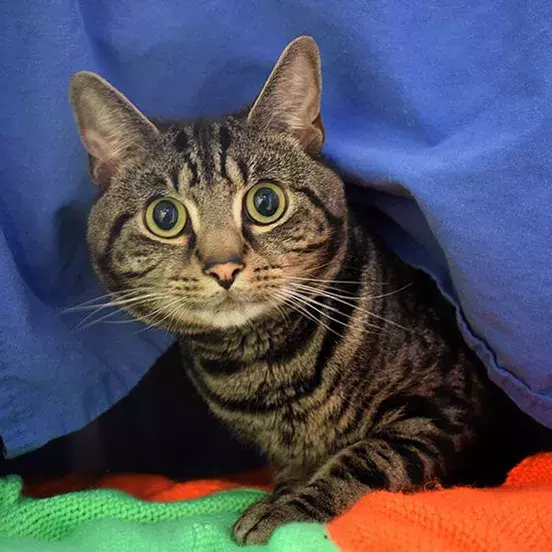Just like us, cats experience a range of different emotions, both positive and negative, and can be very subtle in the ways they express them.
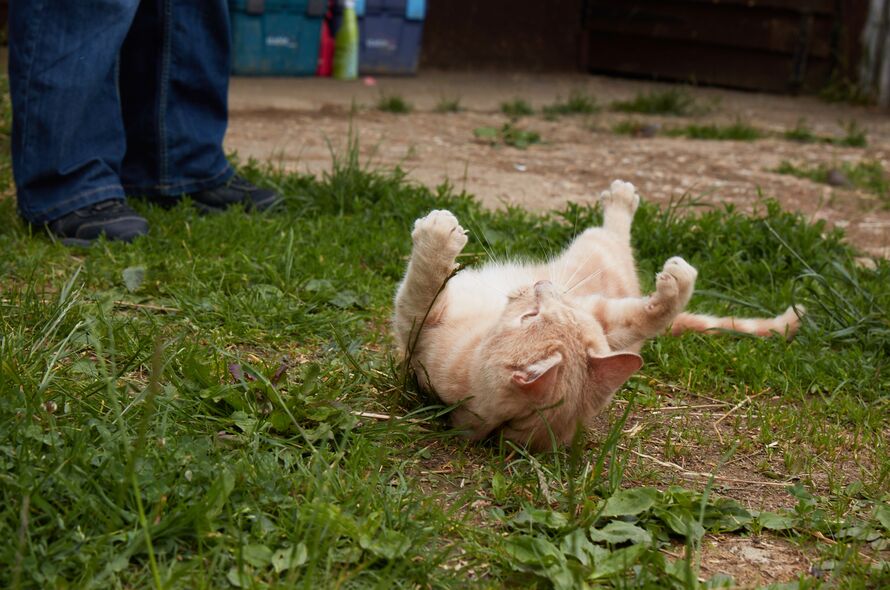
From pain to fear, to excitement and joy, as your cat is not able to voice how they’re feeling, it’s even more important to be able to understand your cat’s body language, know what to look out for, and understand what they’re trying to tell you.
A happy cat is a healthy cat, so it’s important to make sure you’re catering to their emotional needs as well as helping them keep physically fit and healthy and providing them with the opportunity for plenty of positive experiences.
Take a look at our video on understanding cat body language.
WHAT IS CAT BODY LANGUAGE?
As with humans, cat body language is your cat’s non-verbal way of communicating how they are feeling. The domestic cat has evolved from the African Wildcat, a solitary species that doesn’t necessarily want to advertise when they are afraid or in pain, as to do so would potentially make them an easier target for predators or other cats wanting to take over their territory. For this reason, your cat will often try to hide what they are feeling.
However, there are lots of things you can look out for in your cat’s body language and behaviour, some more obvious than others, that can help you understand how your cat is feeling.
HOW DO CATS COMMUNICATE WITH HUMANS?
Cats tell us how they’re feeling using a combination of noises and body language. From their ears to their tail, through to how they position themselves and what they choose to reveal (e.g. their tummy), cats give off signals with their entire body.
EXCITED
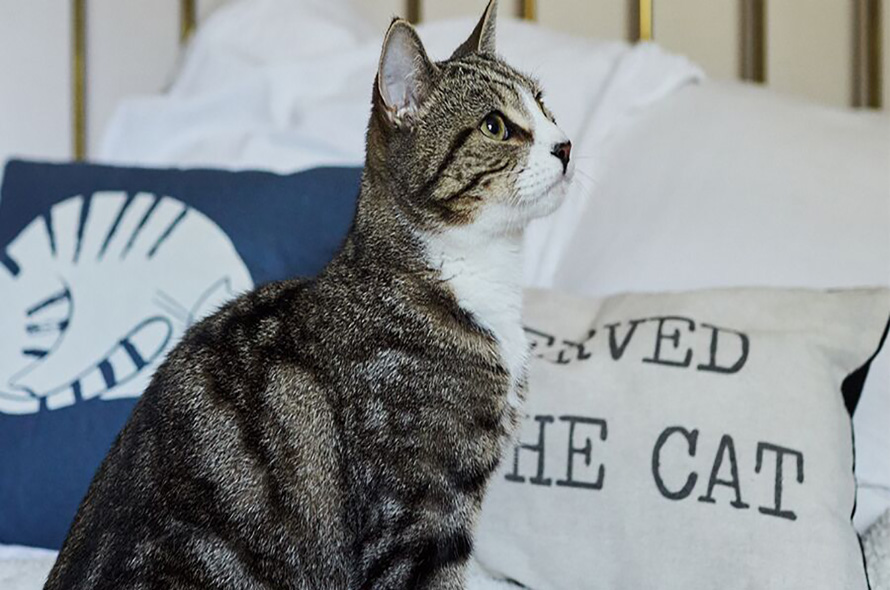
Your cat’s posture is likely to be upright and pointing towards the thing they are interested in, but there should be no obvious tension or hunching. The exception to this is when your cat is hunting, playing or preparing to jump.
FRUSTRATED
Your cat is likely to seem stiff or tense, although their posture may vary according to what they are doing at the time. If your cat is still, their head may be angled downwards and they may have a lowered gaze.
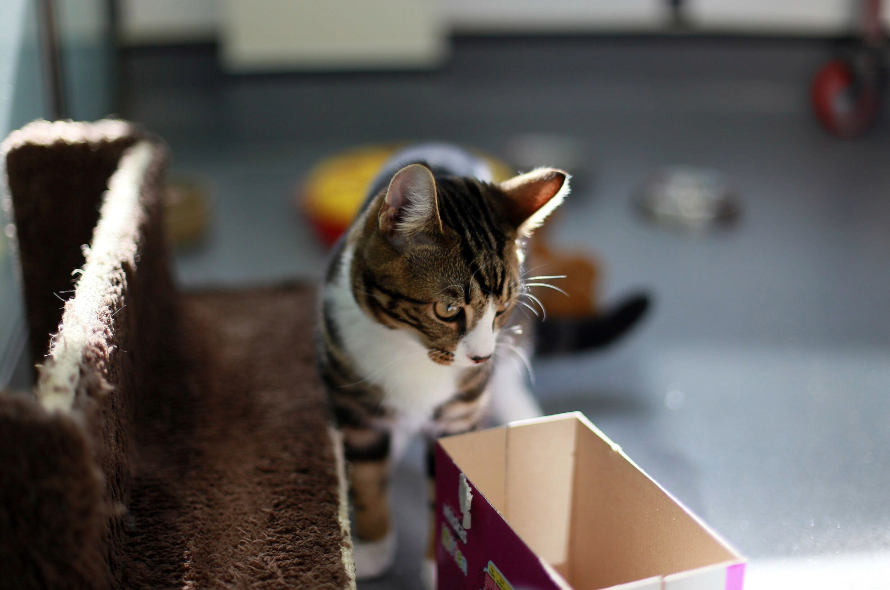
RELAXED
Your cat looks relaxed with no obvious stiffness or tension. A relaxed cat may be resting on their side, with their tummy exposed.
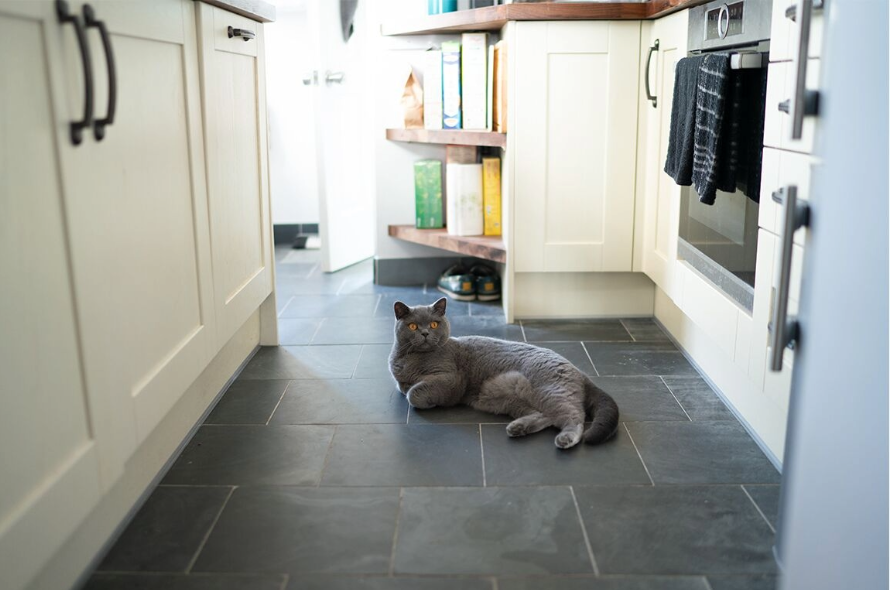
WHEN SHOULD I PAY ATTENTION TO MY CAT'S BODY LANGUAGE?
One of the most important times to observe your cat’s behaviour and body language is when you are interacting with them. This will help you tell whether your cat is enjoying what you are doing, merely tolerating it, or not enjoying it. Cats aren’t naturally a very tactile species, which means they can sometimes find too much handling stressful (even though they may not show this in very obvious ways).
The more attention you pay to how your cat responds while you’re interacting with them, the less likely you are to be bitten or scratched. You will be able to better gauge how much stroking your cat likes and where, as well as understand when to stop.
